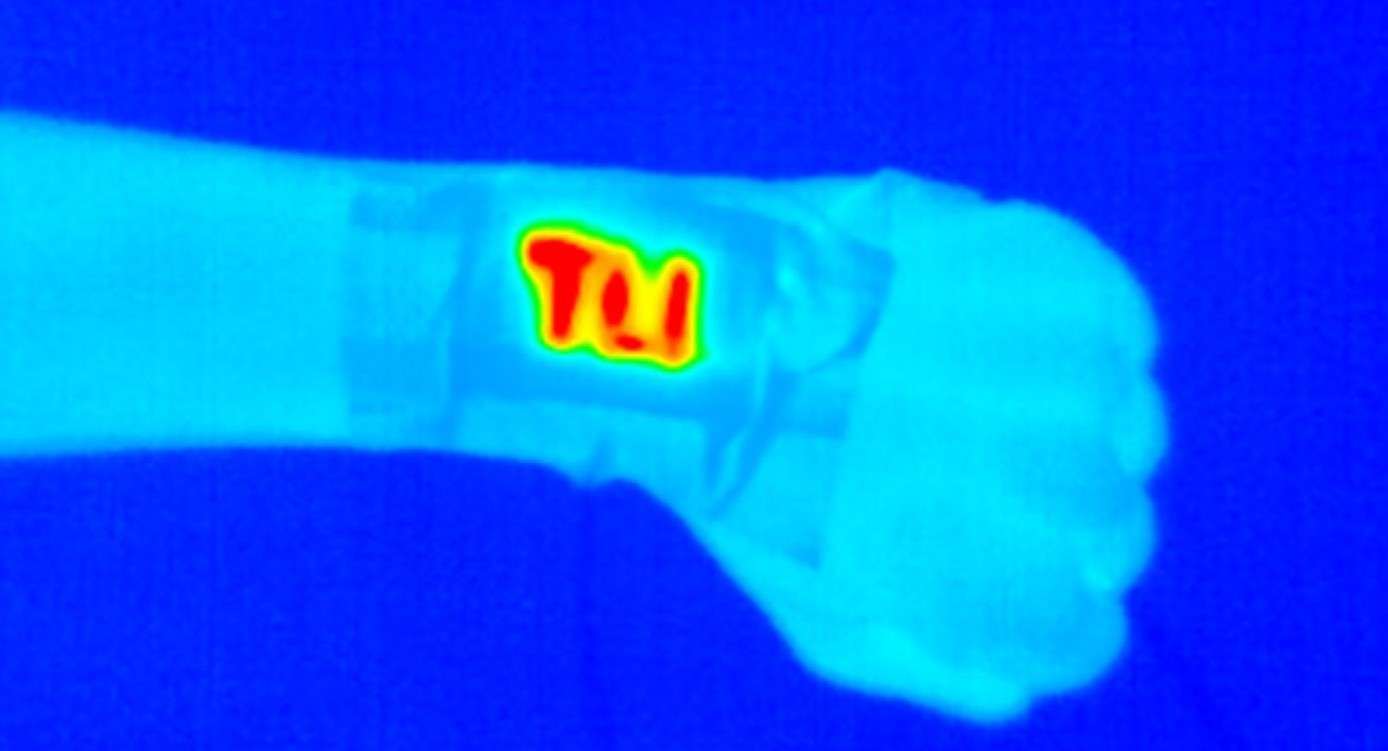Johns Hopkins Gets First Federal Grant for Psychedelic Treatments Research -And It's For Tobacco Addiction
Johns Hopkins has received the first federal grant for psychedelic treatment in half a century. Here's more on that story.

As the fall chill settles in across the U.S., people are getting out their cozy sweaters and electric blankets, or stocking up on handheld heat packets for extra warmth. But sweaters and blankets are bulky, and heat packs only work for a little while.
Now, researchers have demonstrated a conductive, durable yarn for lightweight wearable heaters that are re-usable and provide constant, portable warmth.
Lightweight wearable heaters with heating elements embedded within the fabric could help keep people warm, but previous attempts have resulted in hot stiff wires or threads that cannot be safely washed.
Recently, researchers have treated fabric and yarn with poly(3,4-ethylenedioxythiophene) and poly(4-styrenesulfonate).
This flexible coating warmed up the materials and stayed in place after washing.
However, the polymers were not conductive enough for personal heating, and some compounds added to make them more conductive could irritate the skin.
So, Rawat Jaisutti and colleagues wanted to improve upon the two-polymer coating applied to yarn so that it could distribute heat at a safe operating voltage when sewn into fabric.
As a first step, the researchers dipped the polymer-coated cotton yarn into ethylene glycol, which is not irritating to human skin.
When they applied voltage to the material, it warmed up, requiring lower voltages to reach high temperatures than some previously reported flexible heaters.
Then the team washed treated yarn either repeatedly with water or once with detergent. They found that although in both instances there was a slight loss of conductivity, this loss was significantly less than a version without the ethylene glycol.
Finally, as reported in the journal ACS Publications, the researchers sewed multiple pieces of the yarn into a "TU" pattern on a bit of fabric with an additional fabric backing.
When the heater was connected to a three-volt power supply and attached to a person's wrist, the heat distribution in the thermal wristband was steady as it was bent back and forth.
The researchers say the wristband can also be powered by a battery via an external circuit for more portability. That's warming news indeed.
Source: ACS Applied Materials & Interfaces
HEAT UP Those News Feeds With This Exciting New Research…
Be the first to comment